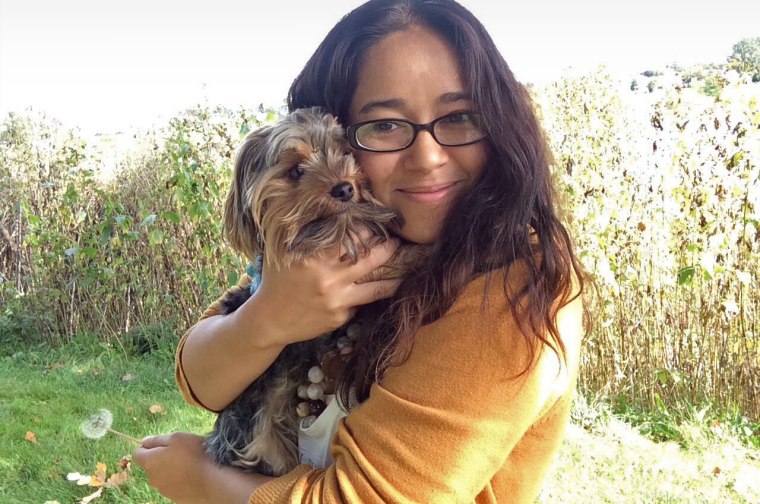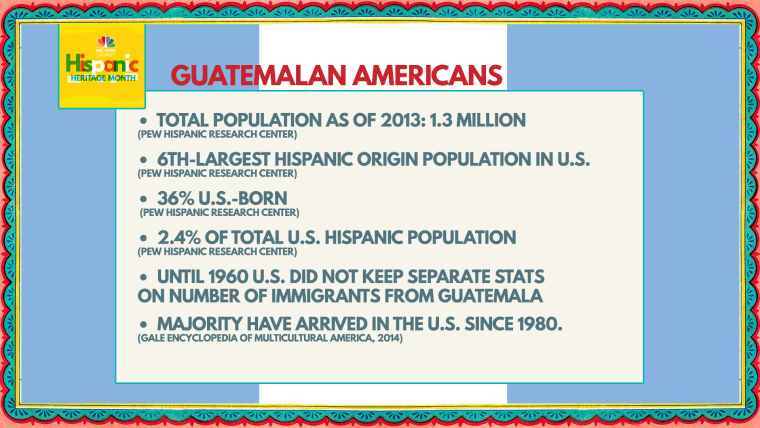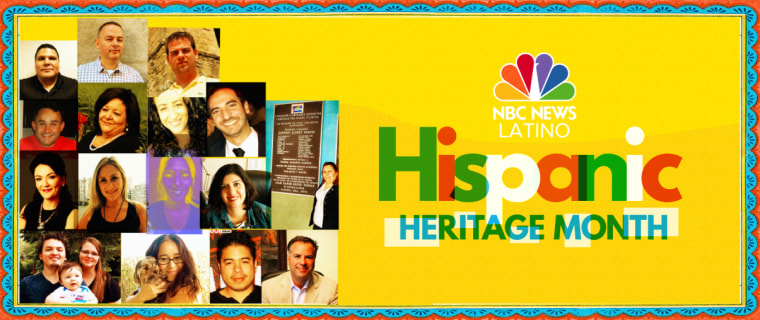This is part of our Hispanic Heritage Month series, "Our Latino Heritage," where we are profiling a U.S. Hispanic from each of our Spanish-speaking Latin American and Caribbean homelands.
Like 36 percent of the 1.3-million strong population of Guatemalans in the U.S., Wendy Melgar was born stateside, in Chicago.
The twist is that she spent most of her youth, until her teens, in Guatemala.
She still remembers flying into O’Hare International Airport with her mother and brother, returning to visit her birth city which her parents had left.

“We came to the U.S. with my mom when I was 6-years-old for a short visit. It was the end of winter and my first experience seeing snow,” Melgar recalls. “It was amazing for me, absolutely amazing because you hear about it but it’s not until you see it that you can understand it. From the plane I could see the white patches and I was so excited.”
It was a pleasing shock in comparison to her native Guatemala’s “Eternal Spring” climate – just as the city and its suburbs were a contrast to the rolling green countryside and volcanoes she was used to.
There was some back and forth between countries, until Melgar finally settled here, at the age of 14, with her mother and brother in a uniquely Guatemalan outpost of the city.
“My aunt lived in Bensenville, IL which is right behind O’Hare Airport, and we went there. The church her family was attending was like 80 percent Guatemalan people. It’s a very large Guatemalan community in Bensenville, to this day,” Melgar said. “There are Guatemalan banks and stores, Guatemalan bakeries.”
The majority of Guatemalans have arrived in the U.S. since 1980 following political and financial turmoil, as well as a devastating earthquake in 1976.

Guatemalans have settled primarily in cities with large existing Latino communities. The highest number—probably over 400,000—are in Los Angeles, which has the largest concentration of Central Americans in the United States, with Houston, Chicago, New York City, Washington, D.C., Southern Florida, and San Francisco rounding out a list of top Guatemalan enclave cities.
But though her familiar and welcoming community was a source of strength, Wendy, as the eldest child, still took on a lot of the English translation responsibilities. Like so many children of immigrants who gain a facility for the English language that far outpaces their parents’ fluency, Melgar got good at being her mom’s voice.
“Everywhere we went – the clinic, the store – it was, ‘M'ija what did she say?’ It just becomes normal – you fill out papers, etc.,” Melgar said. “It’s hard, but in a way you learn to do this stuff on your own and then when it’s time for you to open your own bank account or whatever you can easily fend for yourself.”
It was that sense of self-reliance at a young age that successfully boosted Melgar through high school and enabled her to become the first in her family to attend and complete college. She now helps her younger cousins navigate the thicket of applying to and attending college, noting that being the first “is hard especially when you don’t have people guiding you and helping you with a lot of things. But now my cousins come see me and I’m glad that I can help them with my experience.”
A graphic designer working in her field in Chicago, Melgar looks back at an experience that felt much different from the typical Hispanic narrative you might find on TV or in the newspapers.
“Yeah, I think people just assume that you’re from Mexico, which is obviously very different from Guatemala where it’s so small that everyone knows where you’re from,” Melgar said. “I jump in and let people know right away. I would never get mad or anything, it never bothered me and it’s kind of nice that you’re a little different. But, yeah, here it’s all about ‘Where are you from?’”
“Yeah, I think people just assume that you’re from Mexico, which is obviously very different from Guatemala where it’s so small that everyone knows where you’re from,” Melgar said.
Melgar loves all the little differences and similarities within the larger Hispanic community, like how lots of Latin American countries, have pyramids, but they are each unique and Guatemala’s are the biggest. And how Christmas brings tamales, but the Guatemalan tamales are different from the Ecuadorian and the Mexican tamales.
Being a little different, she said, is good.
“I think that’s attractive a lot of the time,” Melgar said. “Like when you’re looking for work, obviously you have to be good at your job and at what you do. But a lot of times employers are looking for different nationalities to have all these different experiences to draw from.”
And she plans on ensuring her future family has similar experiences to hers.
RELATED: Our Latino Heritage: Learning Why Her Family Left Chile
“Maybe because I was able to experience both growing up there and here, I feel like I’m both Guatemalan and American,” Melgar said. “I really hope that if I do have kids I hope to keep that heritage on them. It would be so sad if we lost our traditions and culture. I would want to take them back over there to visit and get as much grasp of what being Guatemalan is.”
Esther J. Cepeda is a Chicago-based nationally syndicated columnist and an NBC News Latino contributor. Follow her on Twitter, @estherjcepeda.
